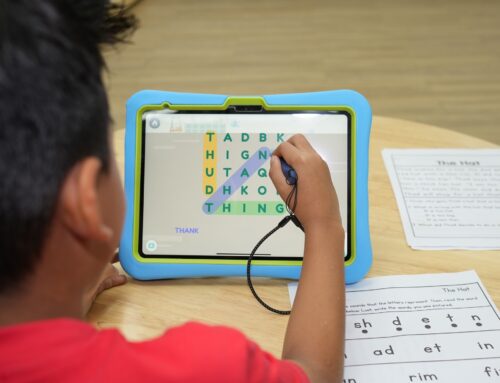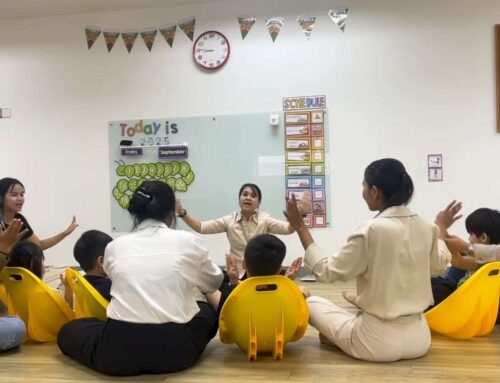Parents often wonder whether growing up with two languages causes delays. It doesn’t. Language Disorder in Bilingual (Khmer–English) Children is not created by bilingualism; it’s a distinct difficulty with understanding and/or using language—across both languages. At OrbRom Center, we support families by separating normal bilingual development from signs that point to a true disorder, so children get the right help at the right time.
Myths about Language Disorder in Bilingual (Khmer–English) Children
Myth 1: “Two languages confuse the brain.” False. Bilingual exposure does not cause a disorder. Many children develop language on track in both Khmer and English.
Myth 2: “Switching languages is a problem.” Code-switching is typical and efficient, not a symptom.
Myth 3: “Wait until one language is perfect.” Waiting can delay support. If you’re concerned now, act now—early help matters. See how we approach early support in Early intervention: why starting speech therapy early matters.
What’s Typical in Khmer–English Bilingual Development
-
Uneven vocabulary across languages: A child might know “banana” in English and “ផ្លែចេក” in Khmer—total word knowledge across both languages is the best indicator.
-
Language mixing: Borrowing words between Khmer and English is normal, especially with relatives and teachers who use different languages.
-
Silent periods when starting a new language: Some children listen more before they speak. That can be typical, especially after changing schools or caregivers.
For a quick primer on broader language patterns, explore Speech and language delay in children and Speech-language disorders in children.
Red Flags: When to Seek Support
Consider an evaluation if your child shows several of the following across both languages:
-
By 18 months: Few words in either language, limited gestures.
-
By 2 years: Not combining two words (in either Khmer or English), difficulty following simple instructions.
-
By 3–4 years: Sentences remain very short or hard to understand; frequent grammatical errors that don’t improve; trouble answering simple “what/where/who” questions.
-
Any age: Struggles to understand stories or classroom routines in both languages; frustration with speaking; regression (loss of previously used words).
A structured overview of next steps is here: Developmental assessment guide.
What Families Can Do
-
Keep both languages. Maintain Khmer at home and English at school if that fits your family—strong first-language skills support second-language growth. Learn more about context in Bilingualism affects speech development in Cambodian children.
-
Get a bilingual-aware assessment. If red flags appear, book a comprehensive evaluation. OrbRom provides child-friendly, evidence-based Assessments that account for both languages.
-
Start targeted therapy. Therapy should build vocabulary, grammar, and comprehension in meaningful routines (home and classroom). Our licensed team offers individualized Speech Therapy that coaches caregivers and adapts activities for Khmer–English use.
-
Partner with teachers. Share targets and strategies so supports are consistent. For broader context, see Early intervention: why starting speech therapy early matters and this overview of speech-language delay.
Bottom line: Language Disorder in Bilingual (Khmer–English) Children is not caused by bilingualism. If concerns show up in both Khmer and English, an assessment and timely therapy in Phnom Penh can close the gap and build confident communication.
We are the only Preschool specialized on children with special needs in PhnomPenh.
- Internationally qualified teachers
- Cambodia’s largest sensory room
- Outdoor swimming pool
- Covered outdoor playground
📞 Phone: 077.455.993
Telegram Link: https://t.me/OrbRom






Leave A Comment